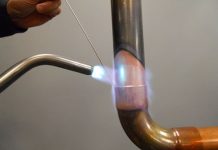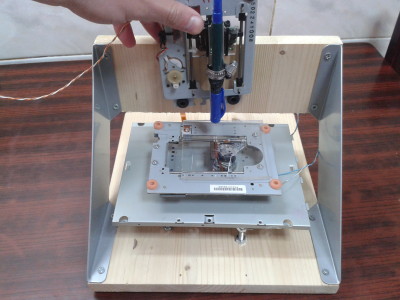Striking tools in Carpentry Shop
Mallets and various types of hammers are generally used as striking tools in carpentry shop. A hammer delivers a sharp blow, its steel face being likely to damage the chisel handle whereas the softer striking surface such as mallet will give better result. Some of important such tools are discussed as under.
Mallet
A mallet is a short handled wooden hammer with a large head as shown in Fig. 9.30. It is used to strike a chisel for heavy cutting waste wood, from joints such as mortises and halving joints and also for removing unwanted, wood on shaped work etc. Mallet is frequently also used to tap parts of a project together during the assembly process.
Hammers
Warrington, peen and claw hammers are generally used by carpenters. They are described as under.
Warrington Hammer
Warrington hammer (Fig. 9.31) is used for knocking in nails, assembling joints and setting wooden plane blades. The head is forged from tool steel and is obtainable in various weights. The face of hammer is hardened, tempered and ground slightly convex. The center part of the head is not hardened as a precaution against breakage in use through its being to brittle. The handle is made of wood and is oval in cross-section to have a comfortable grip. The end of the handle fits into a hole in the head and is held in position by wooden or metal wedges which open out the grain, thus securely locking the two parts together.
Peen Hammer
The peen hammer is used for striking nails where the use of the face is impracticable. The peen hammer is very light and is used for driving the panel pins and fine nails.
Claw Hammer
The claw hammer is shown in Fig. 9.32. One of its end possesses curved claw which is used for extracting nails in order to provide the extra strength needed for this levering action. The other end is used for light striking work. A strong handle on claw hammer is always necessary for carrying out the task. Copied from Introduction to Basic Manufacturing Processes and Workshop Technology by Rajender Singh.














